Building your dream home involves envisioning the perfect color palette, selecting furniture, and considering every intricate detail. However, amid the glamour, the often-underestimated hero emerges – plastering work. In this comprehensive exploration, we'll peel back the layers to understand the multifaceted role of plastering in constructing a home that stands the test of time.
While wall colors and furnishings capture our attention, plastering work serves as the unsung hero in construction projects. This essential process provides a damp-proof finish over brick masonry, offering a solid, flat, and shiny texture that enhances a building's aesthetic.
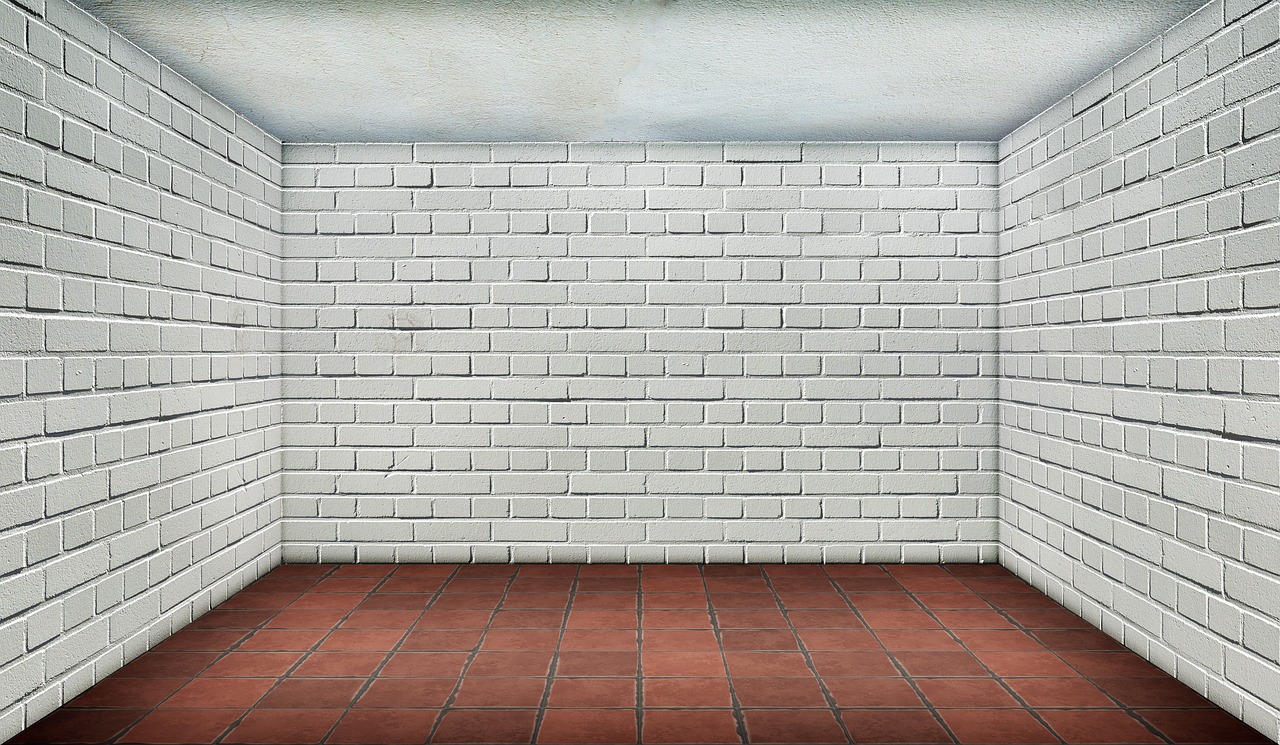
Functions of Plastering Work: Beyond Aesthetics
Plastering work extends beyond aesthetics, serving several vital functions in construction projects. These include:
1. Protecting surfaces from weather changes
2. Covering porous materials
3. Leveling uneven surfaces of blockwork or masonry
4. Creating a suitable surface for painting
Adhering to Standards: The Indian Context
To ensure quality, all plastering materials must pass required tests, adhering to Indian standards. For example:
- 43 grade OPC: Follows IS 8112 Specification
- Coarse and fine aggregates: Comply with IS 383 Specification
- 33 grade OPC: Meets IS 269 Specification
- Sand: Conforms to IS 1542 Specifications
- Integral cement waterproofing compound: Adheres to IS 2645 Specifications
- Portland Pozzolana Cement: Follows IS 1489 Specification
Pre-Requisites and Measurement of Plastering Materials
Before commencing interior plastering, the interior brickwork must be finished. Measurement of plastering materials is evaluated by area, measured in square meters by multiplying the wall surface's length and height.
Precautions During Plastering: Ensuring Durability
1. Preparing the Surface: Adequate preparation involves racking out the junctions of brick walls, removing loose mortar and dust, and ensuring a clean, wetted, and dried surface before plastering.
2. Sieving the Sand: Sand should be sieved, and cement mortar mixed as per manufacturer's instructions.
3. Preventing Cracks: To prevent cracks, use a 150 mm wide chicken mesh between wall and column/beam intersections.
4. Cement Coating: External plaster with an 18 mm thickness requires two coatings: a 12 mm thick first layer and a 6 mm thick second layer.
Taking care of plastered walls involves cleaning floor areas, doors, or door frames after completion. Adequate curing for a minimum of 7 days is crucial, with the plaster left to cure for 24 hours before removal.
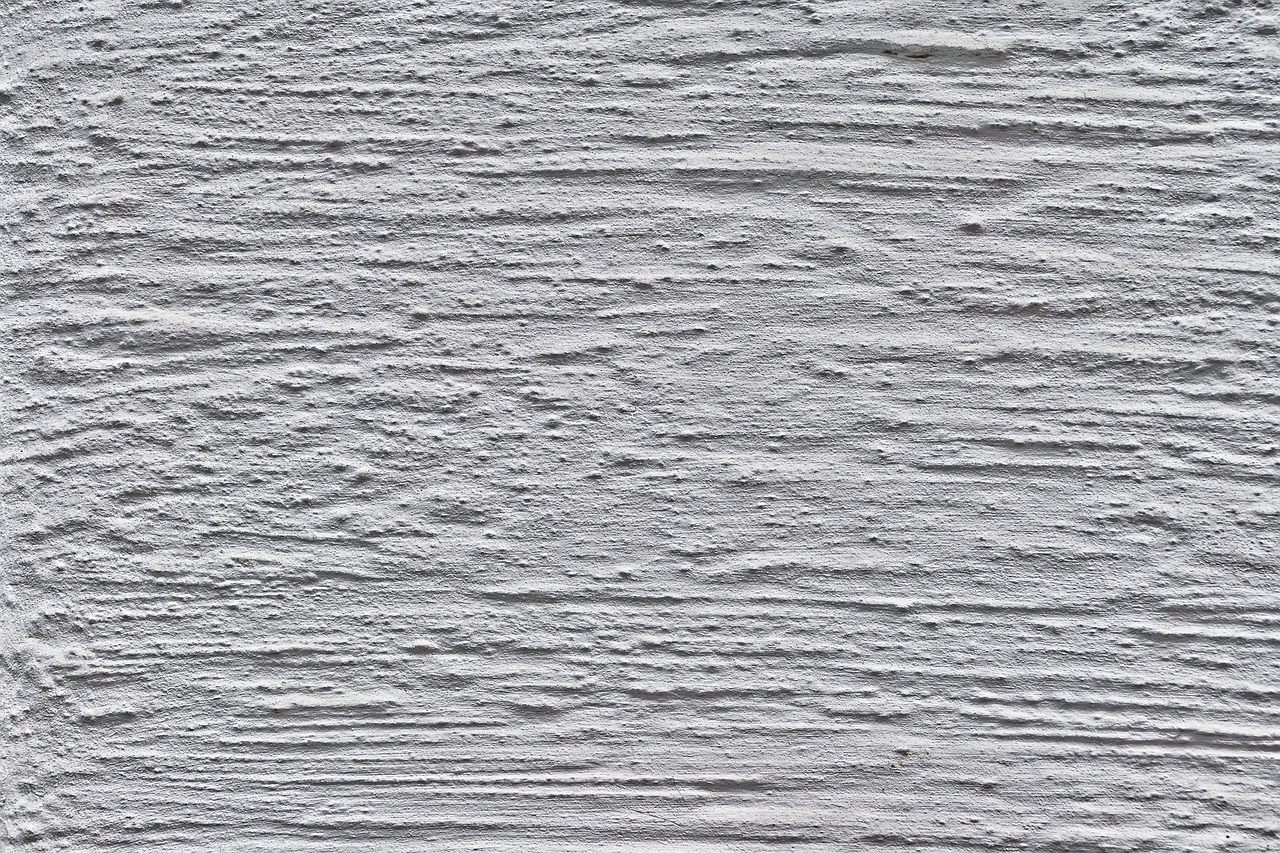
Conclusion
Understanding plastering work goes beyond the technicalities; it's about recognizing the unsung hero that fortifies your home. By adhering to standards, observing precautions, and investing care post-construction, you're not just creating walls; you're crafting a living space that stands the test of time, both functionally and aesthetically. Plastering, often overlooked, emerges as a cornerstone in the art of home construction, contributing to the essence of timeless living.

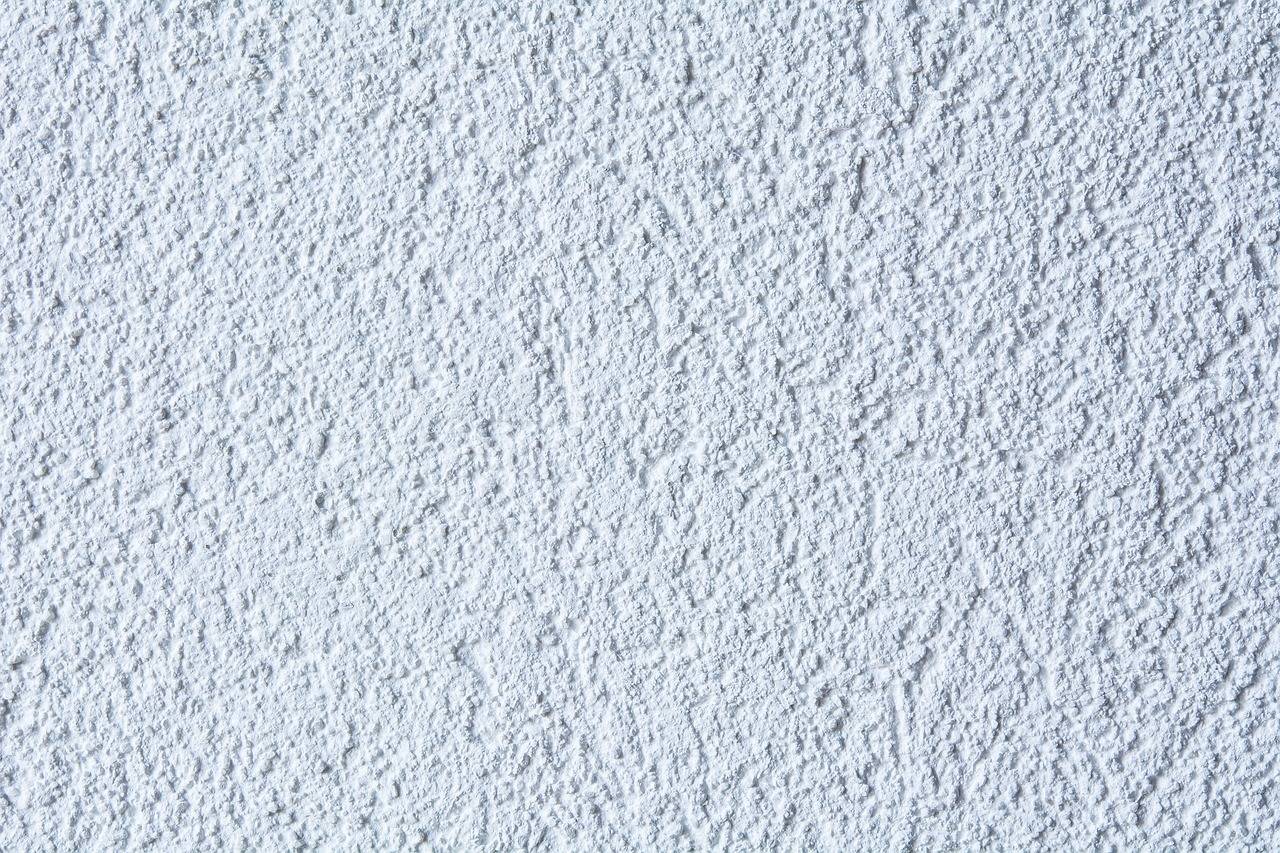



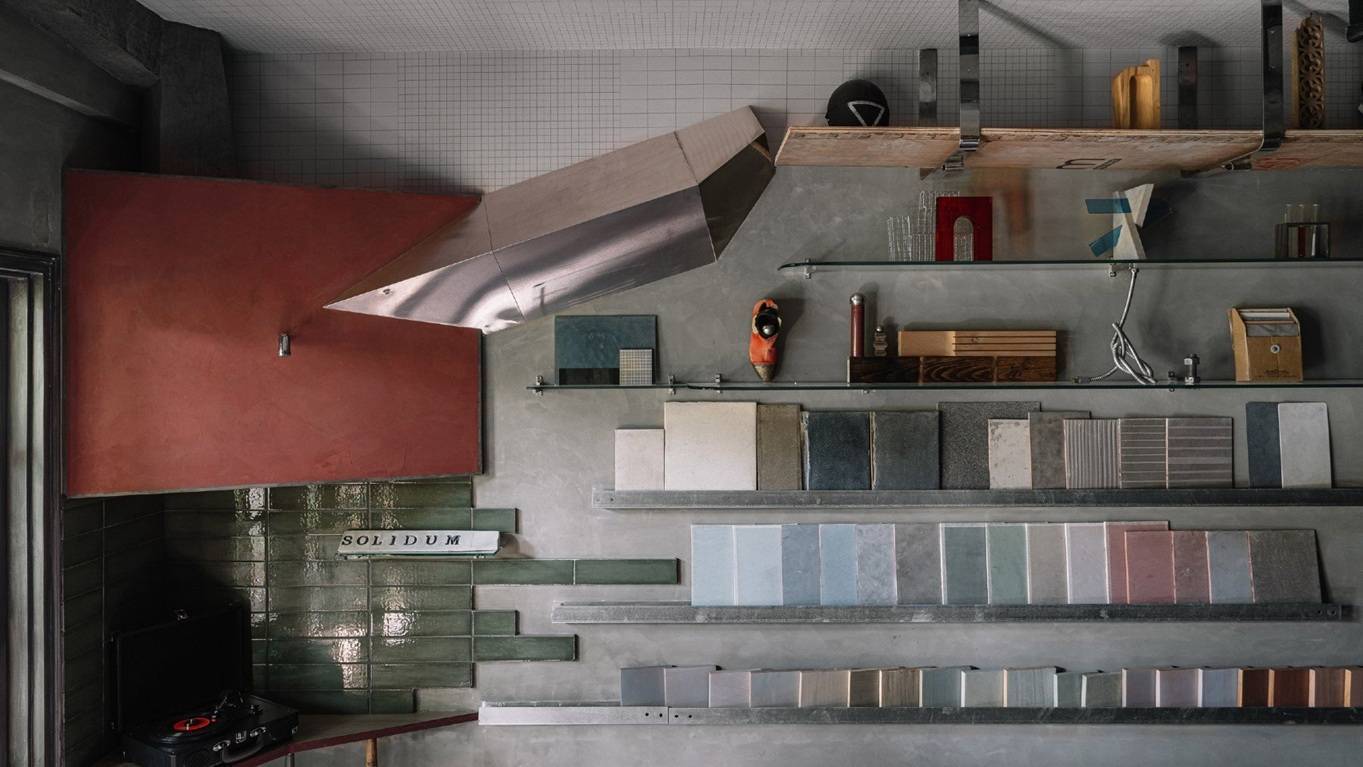
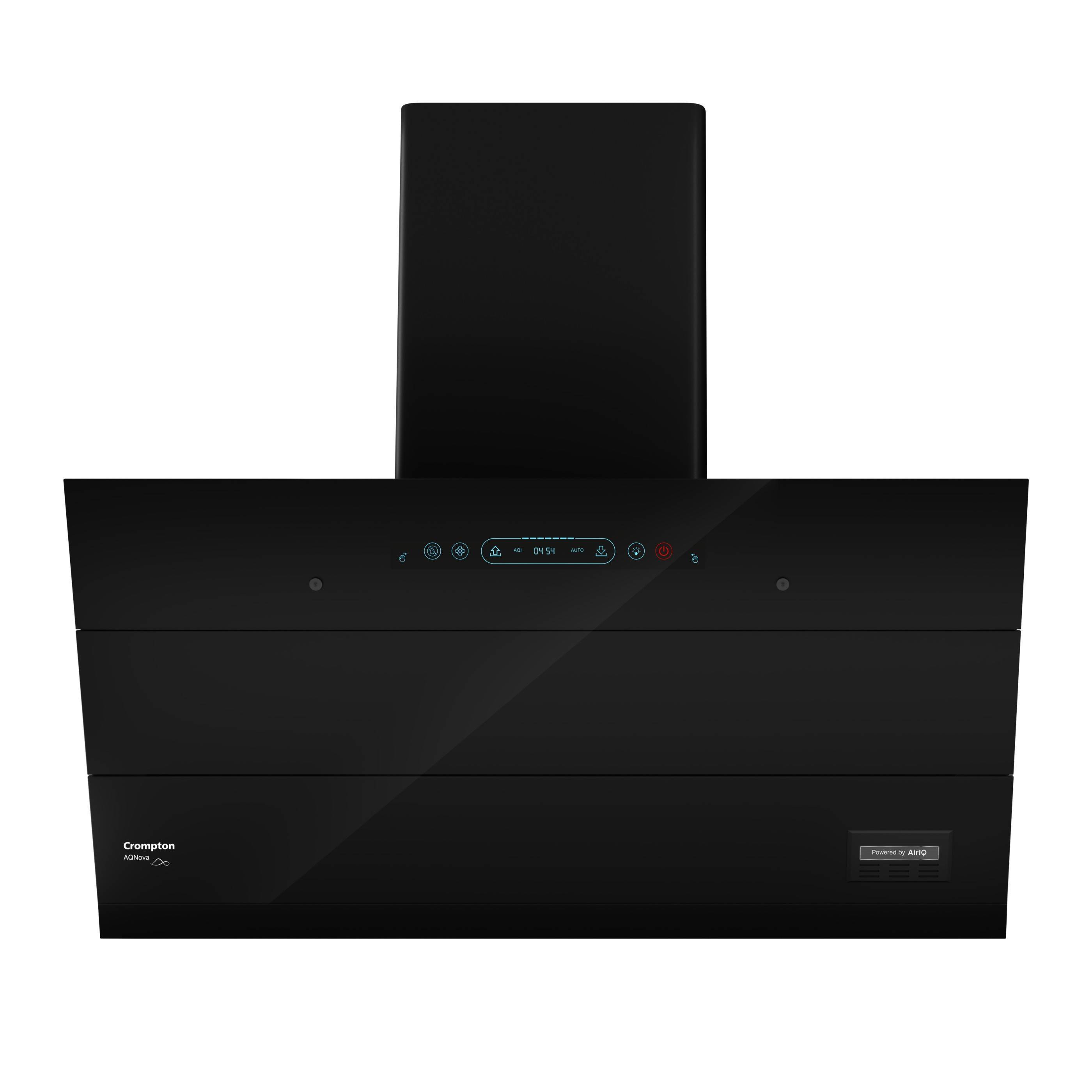


.png)